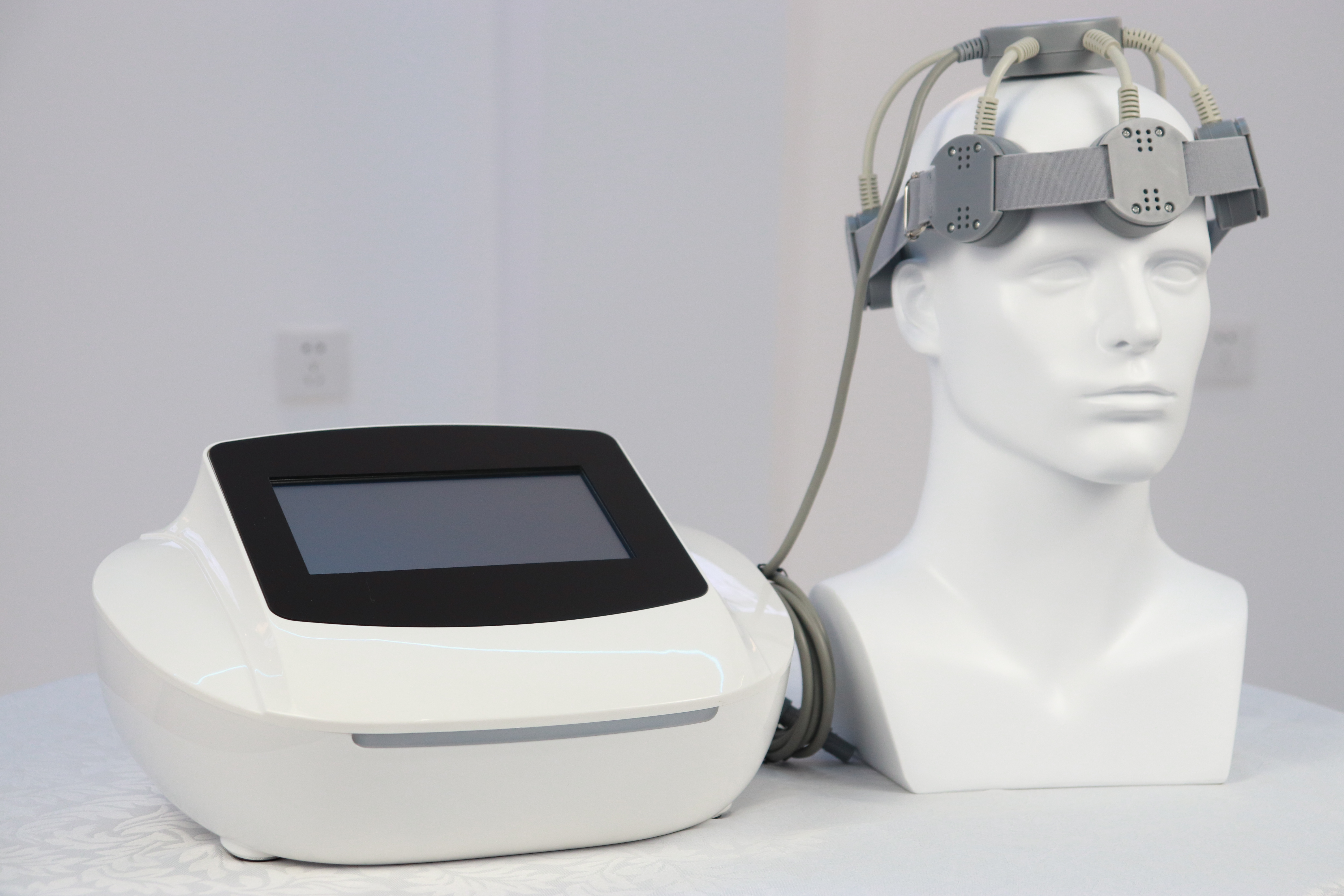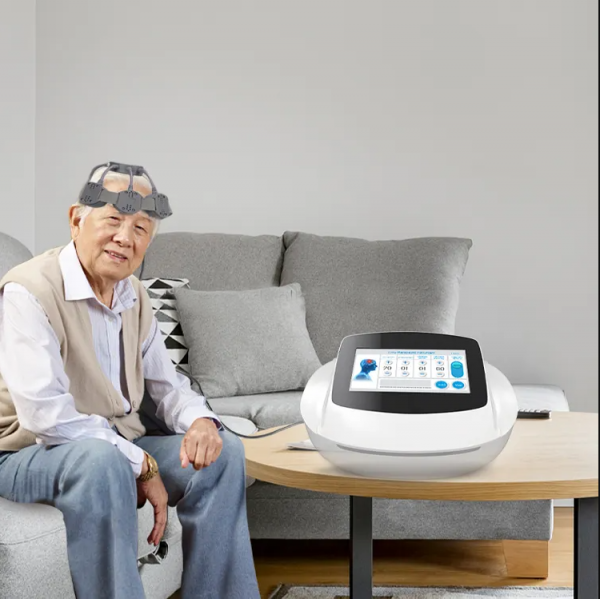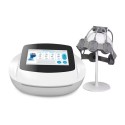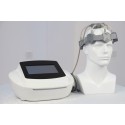Depression Treatment Equipment Adjustable Frequency Rtms Therapeutic Instrument
- Product Code: Rtms
- Availability: 1000


TEL: +86-18757067060
Email to order: singularitynls@gmail.com

Product Name
Depression Treatment Equipment Adjustable Frequency Rtms Therapeutic Instrument
Transcranial Magnetic Encephalopathy Physiologic Therapeutic Instrument (hereinafter referred to as therapeutic instrument) is a kind of therapeutic equipment for brain diseases developed by using the push-button control mode, based on the brain physiology,biophysics and clinical encephalopathy therapy, integrating repeated transcranial magnetic stimulation (rTMS) and electric stimulation theory, and applying the low frequency frequency alternating electromagnetic therapy technology.

Output intensity ’╝Ü the weak stage is 6mT’Į×10mT, the strong stage is 11mT’Į×19mT;
Magnetic field frequency’╝Ü 50Hz┬▒1Hz
Treatment Cap Type’╝Ü Adult and child treatment cap
Treatment time’╝Ü within the range of 0-30 minutes, ┬▒1 minute each time
Function’╝Ü vibration massage
Vibration intensity’╝Ü 1~10 Range is adjustable
Treatment Frequency’╝Ü adjustable in three gears, 2Hz, 5Hz and 10Hz
Environmental temperature range’╝Ü 5Ōäā’Į×40Ōäā
Rated input power’╝Ü 150VA
Power’╝Ü AC 220V┬▒22V
Applicable for:
Parkinson's Disease,Depression, insomnia,Alzheimer's disease, Obsessive compulsive disorder,Tic disorder,Bipolar disorder, and etc disease for brain.

The designated treatment points for the transcranial magnetic stimulator include Baihui acupoint, Taiyang acupoint, Yangbai acupoint, Shenting acupoint, bilateral retroauricular mastoid process acupoint, Qubin acupoint, bilateral Fengchi acupoint, and Fengfu acupoint. These are the seven magnetic therapy points placed on the head.
Academic papers related to transcranial magnetic stimulation devices
Ultrasound Medicine, 6th edition, November 2011, People's Military Medical Publishing House.
Ischemic Cerebrovascular Disease, first edition, April 2011, People's Health Publishing House.
Cerebral Infarction Therapeutics, 1st edition, March 2010, People's Health Publishing House.
Guidelines for Cerebrovascular Rehabilitation, first edition, January 2010, People's Health Publishing House.
The first edition of the textbook "Medical Ultrasound Imaging" in the 11th Five Year Plan of the Ministry of Health, published by the People's Health Publishing House in August 2010. Practical Rehabilitation Therapy Technology, 1st edition, September 2010, published by Science and Technology Literature Press.
Rehabilitation Medicine "Standardized Training Book for Clinical Specialists, 1st edition, January 2010, People's Health Publishing House. Practical Stroke Rehabilitation Law, 1st edition, December 2010, People's Health Publishing House.
Guidelines for Rehabilitation Treatment of Stroke in China, 2011, Ministry of Health of the People's Republic of China.
Technical Specifications for Stroke Screening and Prevention and Control, 2014, National Health and Family Planning Commission.
Brain diseases belong to chronic traumatic diseases. Normal human red blood cell metabolism occurs in a cycle of 120 days, while brain cells are non renewable. So, "Illness comes like a mountain falling, and goes like a thread drawing
For brain diseases, the instrument treatment cycle: Due to individual differences in the human body, the effective treatment cycle also varies, with a normal effect of 1-3 months. The instrument is a physical therapy with no side effects and is suitable for long-term use. Treat 1-2 times a day for 30 minutes at a time.
Precautions for using instruments
┬ĘMetal foreign objects on the head┬Ę Pacemaker wearer┬Ę Pregnant and lactating women┬Ę People with a tendency to bleed┬Ę Patients with acute cerebral hemorrhage┬Ę Patients with severe epilepsy;
Treatment scope
Insufficient cerebral blood supply, cerebral arteriosclerosis, cerebral thrombosis, lacunar cerebral infarction, cerebral thrombotic infarction, cerebral atrophy, dizziness, etc.
Insomnia, neurological weakness, neurological disorders, depression, elderly dementia, neurological disorders, etc.
Brain injury, traumatic brain injury, postoperative recovery of brain function after intracranial surgery, insufficient blood supply to the cerebral vertebral floor, and functional brain diseases.
Applicable departments
Department of Psychiatry, Department of Encephalopathy, Department of Cerebral Palsy, Department of Neurology, neurosurgery, Department of Seniors, Department of Geriatrics, Department of Rehabilitation, Department of Pediatrics, Department of Traditional Chinese Medicine, Department of acupuncture and moxibustion, Department of Massage.



